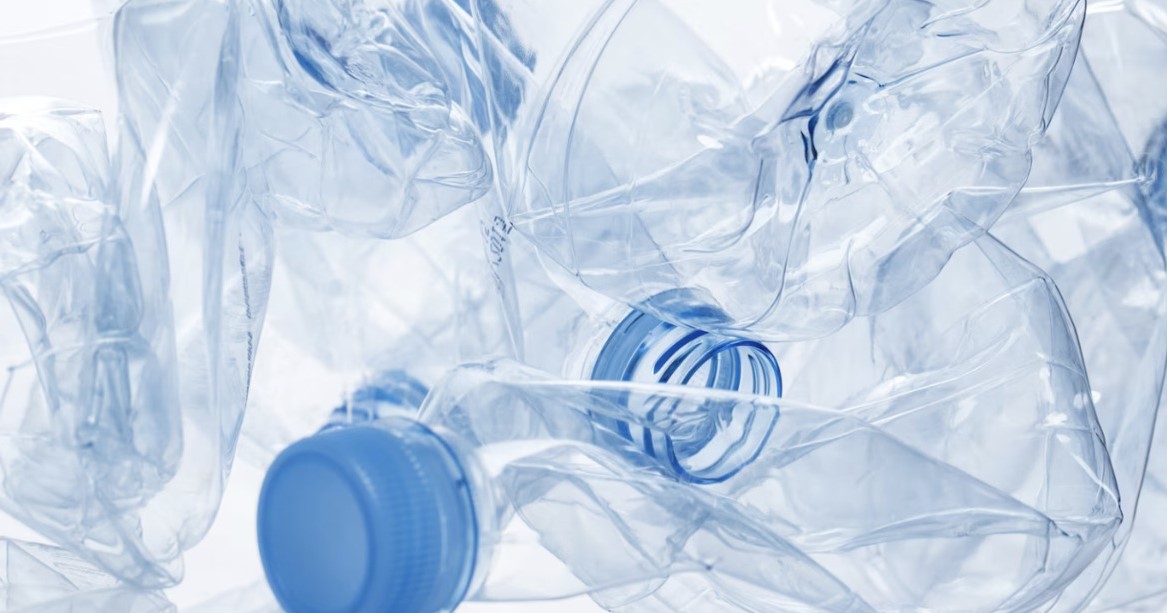PET has the highest recycling rate, with 27.1% of the total recorded in 2022, thanks mainly to the well-established collection of PET bottles through formal methods
The production of mechanical recycling of plastics in the world will reach almost 55 million tons in 2030, according to estimates by AMI Consulting, which represents an increase of 52% compared to the volume in 2022.
In 2022, mechanical recycling capacity will exceed 54 million tons, with 36 million tons of recycled plastic produced worldwide.
Despite upward forecasts, it is estimated that the real global rate of recycling of basic plastics will only reach 16.5% in 2030.
The use of plastics is growing in the world
According to the Mechanical Plastics Recycling report, prepared by AMI Consulting, regions such as Europe and Northwest Asia take actions to reduce the excessive use of packaging, however, in other areas of the world, such as Africa and India, the rate is increasing. of plastic use, driven by urbanization and the growth of the middle classes.
The analysis highlights that Europe and Northeast Asia also have relatively developed infrastructure for collecting recyclable materials, although some volumes are destined for incineration rather than material recycling.
In various parts of the world, the informal sector plays a crucial role in the collection of post-consumer waste, focusing mainly on bottles and jars. However, other post-consumer applications, such as films or rigid non-bottle plastics, still lack adequate collection systems.
As a result, PET boasts the highest recycling rate, with 27.1% of the total recorded in 2022, thanks mainly to the well-established collection of PET bottles through formal methods, bottle deposit systems and the participation of the informal sector.
Acceptance of food-grade rPET is also growing in countries in Northeast Asia, Southeast Asia and the Indian subcontinent, creating new possibilities for employing rPET in higher-value applications in the food sector.

